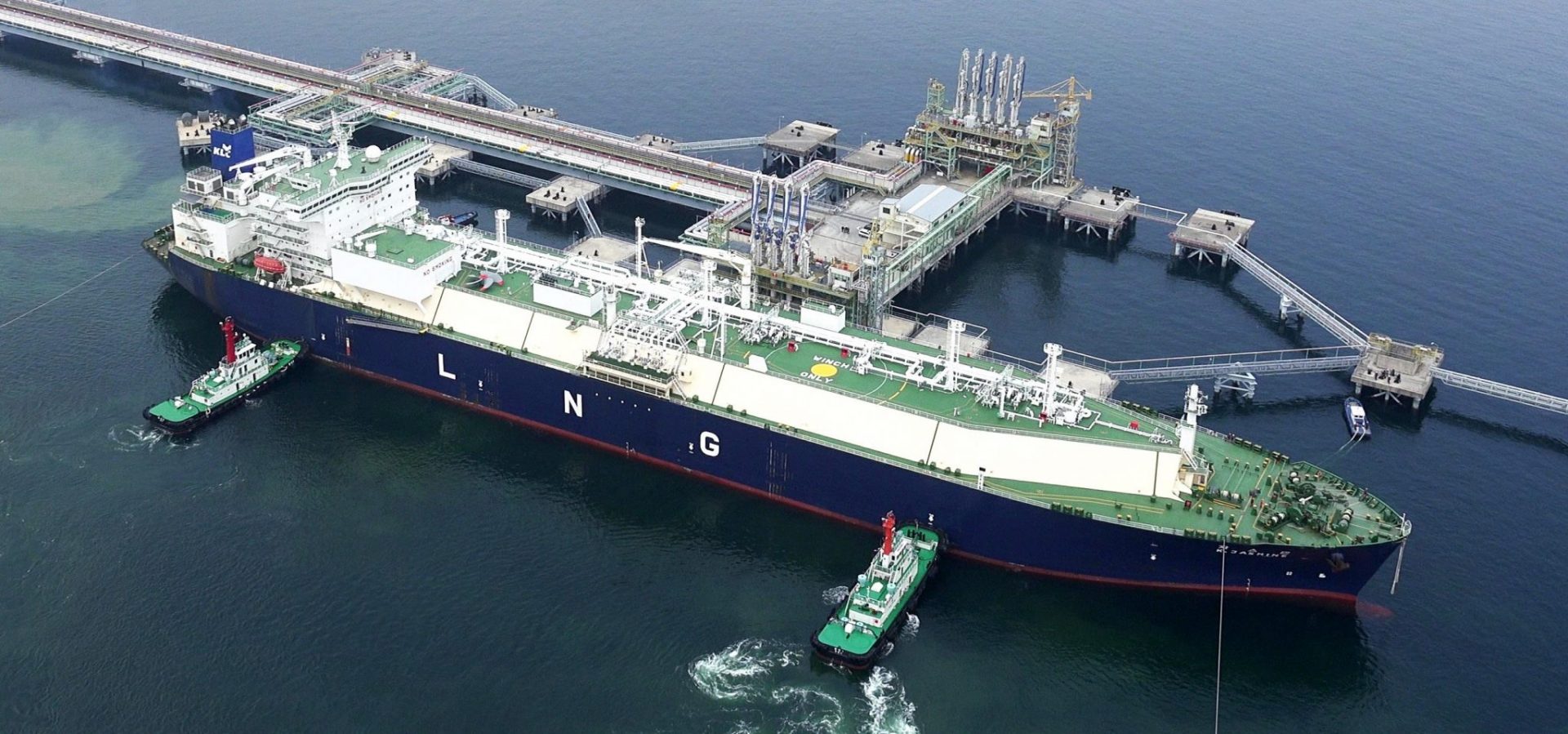This story requires a subscription
This includes a single user license.
State-owned Kogas sold 2.44 million mt last month, a rise of 6.9 percent compared to 2.28 million mt in July 2023, according to a stock exchange filing.
July sales rose 6.7 percent compared to the previous month’s 2.28 million mt, which rose 8.7 percent year-on-year.
In May LNG sales increased 6 percent to 2.27 million mt, while April sales dropped 7.5 percent to 2.3 million mt, and March sales rose 10.9 percent to 3.48 million mt, marking the first monthly increase since August last year.
Purchases by power firms rose 7.8 percent year-on-year to 1.47 million mt in July. These purchases increased 11.6 percent compared to the previous month.
Moreover, Kogas said its city gas sales rose 5.4 percent year-on-year to 0.97 million mt, while these sales were almost flat compared to the month before.
The company recently said in a press release that city gas rates for residential and general use will rise by 6.8 percent starting on August 1 to address its growing receivables.
According to Kogas, this rate is the first increase since May 2023 and will help reduce the financial burden on the company, which has been supplying gas at below-cost prices following the rise in prices due to the Russia-Ukraine war.
Kogas said in its second quarter earnings report last week that city gas demand rose 4.7 percent during the period.
Residential demand increased due to a lower average temperature and economic recovery, and industrial demand rose due to strong exports which improved manufacturing demand, it said.
Kogas noted total power generation decreased 7.7 percent in the second quarter due to higher power generation by direct LNG sourcing companies.
Korean LNG imports
Kogas operates 77 LNG storage tanks at five LNG import terminals in South Korea.
The large terminals include Incheon, Pyeongtaek, Tongyeong, and Samcheok, while the firm has a small-scale regasification terminal at the Aewol port on Jeju island as well.
In addition to these facilities, the firm is building a large terminal in the western port city of Dangjin and expects to launch the first phase in 2025.
In May, Kogas completed lifting the roof on the first 270,000-cbm tank at its Dangjin LNG import facility.
Official data for South Korean LNG imports in July this year is not yet available.
During January-June, South Korean LNG terminals took 23.44 million mt, a rise from 23.09 million mt in the same period last year, according to customs data.
Australia was the biggest supplier during the period with 6.10 million mt of LNG, and the country was followed by Malaysia with 2.70 million mt and Oman with 2.31 million mt, the data shows.
South Korean LNG imports in June rose to 3.07 million mt from 2.93 million mt in June 2023, while in May LNG imports in May rose to 3.58 million mt from 3.10 million mt in May 2023, the data shows.
In January, LNG imports rose to 4.85 million mt from 4.78 million mt in January 2023, and LNG imports in February dropped to 4.20 million mt from 5.08 million mt in the same month last year, while LNG imports in March dropped to 3.57 million mt from 4.03 million mt, and LNG imports in April rose to 4.15 million mt from 3.15 million mt in April 2023, the data shows.

